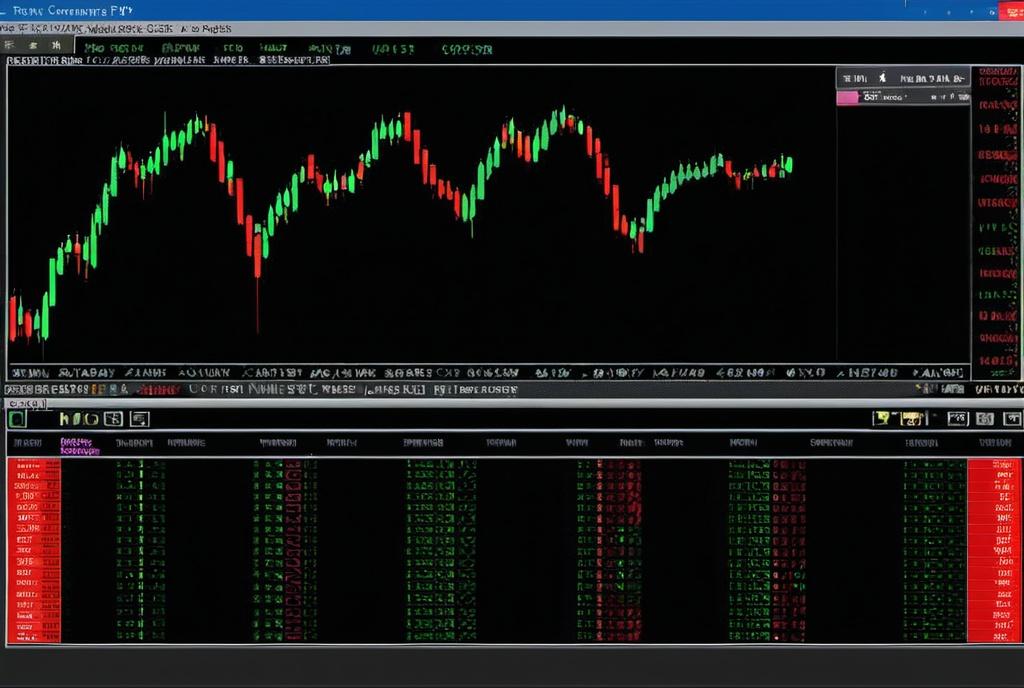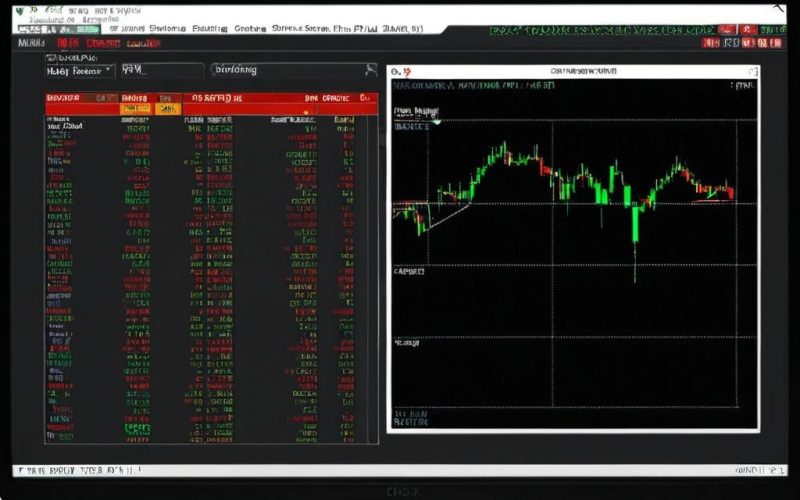Key Take Aways About Fidelity Investments
- HIT (High-Intensity Trading) software offers an edge in trading with real-time data, customizability, and predictive analytics.
- Personalization allows users to tailor dashboards and settings for optimized trading performance.
- While beneficial, HIT has a steep learning curve and may be challenging for non-tech-savvy users.
- Success stories highlight potential gains, but understanding the software is crucial to avoid pitfalls.
- Despite initial difficulties, HIT can be a transformative tool for dedicated traders.

Getting to Grips with HIT Software
When it comes to trading, everyone’s looking for that little edge. Maybe it’s spotted in the flick of a wrist or in the right software. Fidelity Investments’ HIT software has been a go-to for many traders out there. But, what’s the fuss all about?
HIT, or High-Intensity Trading software, is like your buddy at the race track whispering the inside scoop. But instead of the ponies, it’s whispering about markets, stocks, and trades. Using this tool can feel a bit like trying to pat your head and rub your belly at the same time. There’s a learning curve, but once you get the rhythm, you’re in the groove.
HIT Software Features: What Makes It Stand Out?
The HIT software comes packed with features. But let’s skip the buzzwords and get real about what it actually does. First off, it’s all about real-time data. In the trading game, a delay is as good as a missed flight. HIT keeps you plugged into the pulse of the market, minimizing lag.
Next, there’s the customizability angle. You know how you can tweak your phone’s home screen to your heart’s content? HIT’s kinda like that for traders. It lets you personalize dashboards, tweak settings, and basically make the software do the heavy lifting the way *you* want it to.
Finally, there’s predictive analytics. Now, no crystal balls here, but HIT makes educated guesses based on historical data. It’s like having a chat with a know-it-all uncle, only the software doesn’t nod off mid-sentence.
Real Life Use: Did It Rain Money?
Alright, story time. Take Joe, a small-time trader who stumbled upon HIT while sipping espresso in a cafe. With some tinkering, he managed to tailor the software to keep an eye out for specific stocks. One sunny day, the software pinged him about a surge in a pharmaceutical stock. Joe placed his bets, and let’s just say, he was able to upgrade his espresso to a fancy flat white.
Now, this doesn’t mean everyone will hit the jackpot. There are stories of folks like Jane who thought they’d struck gold, only to realize their understanding of the software was a bit like a toddler’s first steps – wobbly. So, there’s a trial and error aspect, but hey, that’s life, innit?
Pros and Cons: Weighing It Up
Let’s be real, nothing’s a golden ticket, and HIT’s no exception. On the plus side, there’s the speed, flexibility, and those neat predictive insights. But on the downside, it can be a bit like trying to assemble flat-pack furniture without those little instructions.
Users have mentioned a learning curve that feels steeper than a rollercoaster drop. And if you’re not tech-savvy, it might mean a bit of head-scratching. But once you’re past the initial hurdles, it’s a tool that can genuinely be a game-changer.
Final Thoughts: To HIT or Not to HIT?
So, should you give HIT a whirl? That depends. If you’re in the market for something versatile that feels a bit like a trading companion whispering secrets in your ear, it’s worth a shot. But be prepared to invest some time learning the ropes. Like anything worth doing, it’ll take a bit of effort and maybe a stubborn streak.
For those willing to push through the initial confusion, the payoff could be finding yourself with a tool that feels like having an ace up your sleeve. Whether you’re riding the waves of stocks or just paddling around, HIT could be a trusty oar to steer your boat.
